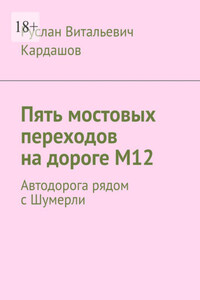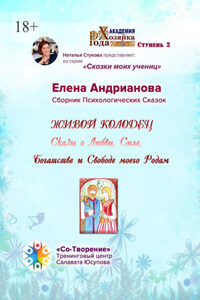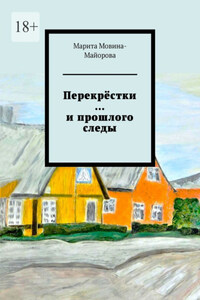Exploring the design elements during the Saka and Guna periods
Imagine a time when every object had a story to tell, a purpose that went beyond utility. In the lands of Central Asia during the Saka and Guna periods, craftsmanship was not just a skill – it was an expression of identity, belief, and connection to the world. From the glow of intricately worked gold to the vibrant patterns of handwoven textiles, every creation was a testament to the artistry and spirit of its maker.
The Glow of Metal: Artistry and Symbolism
The Saka and Guna artisans were masters of metal. Picture a skilled craftsman hunched over his tools, meticulously hammering a sheet of gold into a delicate bracelet. Each curve and pattern carried meaning – geometric designs symbolized harmony, while animal motifs told stories of strength and survival. These objects were more than ornaments; they were talismans, connecting the wearer to nature and the divine.
Weapons, too, bore the mark of artistry. A warrior’s sword, inlaid with silver and adorned with scenes of mythical beasts, was not only a tool of defense but a representation of his lineage and honor. The glimmer of these objects, unearthed centuries later, continues to captivate us, revealing the sophistication of their makers.
What ties all these crafts together is their deeper purpose. For the Saka and Guna peoples, every item – from jewelry to carpets to carvings – was more than an object. It was a bridge between the earthly and the divine, between the past and the future. Craftsmen were not just creators; they were keepers of tradition, ensuring that their knowledge and values were passed down.
Centuries have passed, but the legacy of these artisans endures. Their creations, unearthed in archaeological sites or preserved in museums, continue to inspire and teach. Modern craftsmen in Central Asia still draw on these ancient techniques and motifs, merging them with contemporary design to create pieces that honor the past while embracing the future. As we look back on this rich heritage, we see that the Saka and Guna periods were not just times of survival – they were eras of profound creativity and connection. Through their craftsmanship, these ancient peoples left us a language that transcends time, speaking to us of their lives, their beliefs, and their enduring spirit.
The art of textiles held a significant place in the lives of the Saka and Huns, serving as both practical items and carriers of cultural meaning. Textile production during these periods was highly sophisticated, reflecting the creativity and craftsmanship of these nomadic peoples. For example, woven fabrics were used not only for clothing but also as wall hangings and coverings for yurts, adding warmth and beauty to their portable homes. Rugs and carpets, crafted with extraordinary skill, were essential for insulation against harsh weather conditions and were also symbols of status and wealth.








